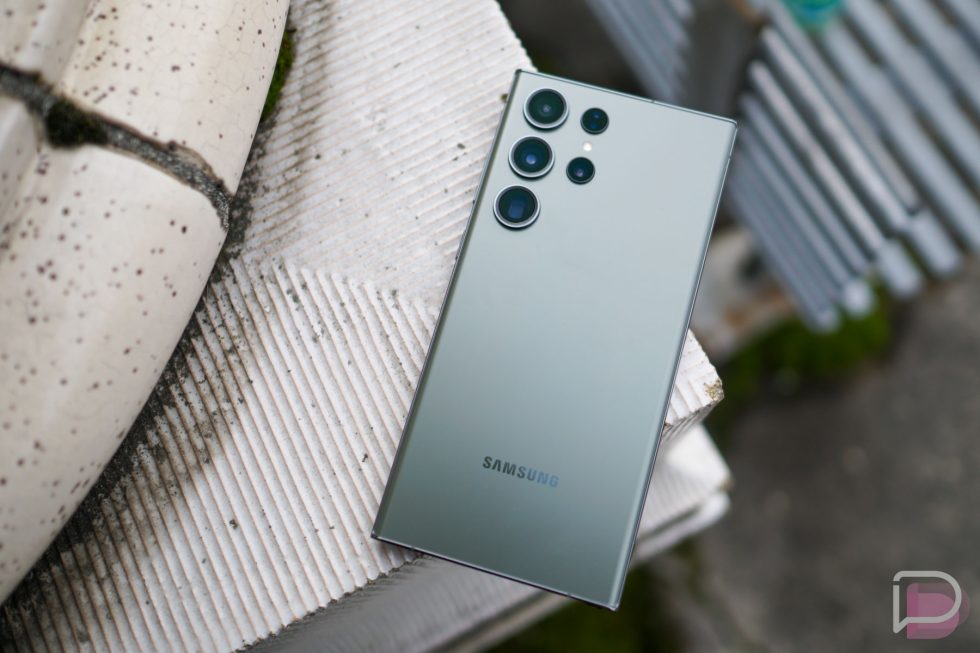Supercon 2024: Using an Oscilloscope to Peek Below the Noise Floor
When you’re hunting for a signal with your oscilloscope, the stronger it is, the better. If it’s weak, you might struggle to tease it out from other interference, or even …read more


When you’re hunting for a signal with your oscilloscope, the stronger it is, the better. If it’s weak, you might struggle to tease it out from other interference, or even from the noise floor itself. You might wish that you were looking for something more obvious rather than the electromagnetic equivalent of a needle in a haystack.
Finding hidden signals below the noise floor may be a challenge, but it needn’t be an insurmountable one. James Rowley and Mark Omo came to the 2024 Hackaday Superconference to tell us how to achieve this with the magic of lock-in amplifiers.
Noise
As James explains, you can do lock-in amplification with just about any analog-to-digital converter and DSP that you might have on hand. For example, the oscilloscope you already have in your workshop. “The magic of this technique is taking a noisy signal, just rejecting all the noise, and getting just the part you want—just the signal you’re interested in,” James explains. “It is a very powerful technique for measuring how a signal flows through a system.”
“A lock-in amplifier is a great way… to lock in to those very small signals that can be swamped out by noise and interference, and actually measure signals that are well below the noise floor with a negative signal-to-noise ratio,” says James. “Essentially, what a lock-in amplifier is, is an ultra-narrow bandpass filter.”

In the talk, James uses a simple analogy to explain how this works. He asks the audience to imagine a speaker and a microphone. In this analogy, ideally, the microphone picks up whatever noise the speaker is putting out, but in the real world, there are lots of other noise sources from the environment that can swamp the signal from the speaker itself. However, a lock-in amplifier would be able to reject that other noise, locking in on just the sound from the speaker itself. Lock-in amplifiers apply to all sorts of applications, from picking up extremely sensitive signals from load-cells, to measuring very high or low electrical resistances, and even finding locations of heart catheters during delicate medical operations. Wherever there are tiny important signals that need to be picked up, lock-in amplifiers can probably help.

Mark then walks us through the DSP magic required to actually find signals beneath the noise floor. He explains that by heavily filtering out noise outside the area of interest, it’s possible to effectively increase the signal-to-noise ratio and pick up the desired signal even if it’s quite faint. Traditional filters aren’t quite good enough to reduce the noise by the required amount of 300 times or so, so alternative solutions are needed. To do lock-in amplification, the measured signal is first shifted down to zero hertz, and averaged out over time. It sounds a little funky, but Mark explains the trigonometry and associated math to make it all work for a signal of any given bandwidth. Importantly, though, this technique also needs a reference signal to work, so the amplifier can effectively lock-in on the signal you’re actually looking for.

The talk then covers the practical—how to build a lock-in amplifier with real hardware. Commercial off-the-shelf options exist, or you could go the discrete analog route—but both are expensive and fussy. Alternatively, you can just use an analog-to-digital converter. “Like the one in your oscilloscope!” notes Mark. He explains how this is set up and how it compares to traditional approaches; basically, it’s more accessible, if not quite as high-performance. You basically end up using one channel as a reference input, while the other channel is hooked up to the signal you’re actually trying to find.
The better the ADC in your oscilloscope, the better it will perform—better bit depth, buffer depth, and sampling rates are all advantageous in this regard. You’re limited by quantization noise and the fact the oscilloscope may not have a particularly low-noise front end, and how much you can average the signal with the oscilloscope’s memory depth, but it’s a workable way to get started with a lock-in amplification setup. As a guide, something like a Rigol DS1054Z has enough memory depth to achieve a 1700x reduction in noise, which helps a great deal when hunting for a signal beneath the typical noise floor. Code to achieve this is available on Github for the curious.
The talk wraps up with a neat demonstration. A microphone and speaker are set up at a set distance of 8.5 cm, at which point the signal should show a 90-degree change in phase based on the signal being fed through the system. Mark and James show how their system is able to accurately measure the phase shift in the desired signal even in a loud room with a full crowd applauding while the demo runs.
If you regularly find yourself struggling to measure dim signals that you know are there, somewhere, you might find these techniques highly useful. This talk serves as a great primer for this very useful DSP technique.































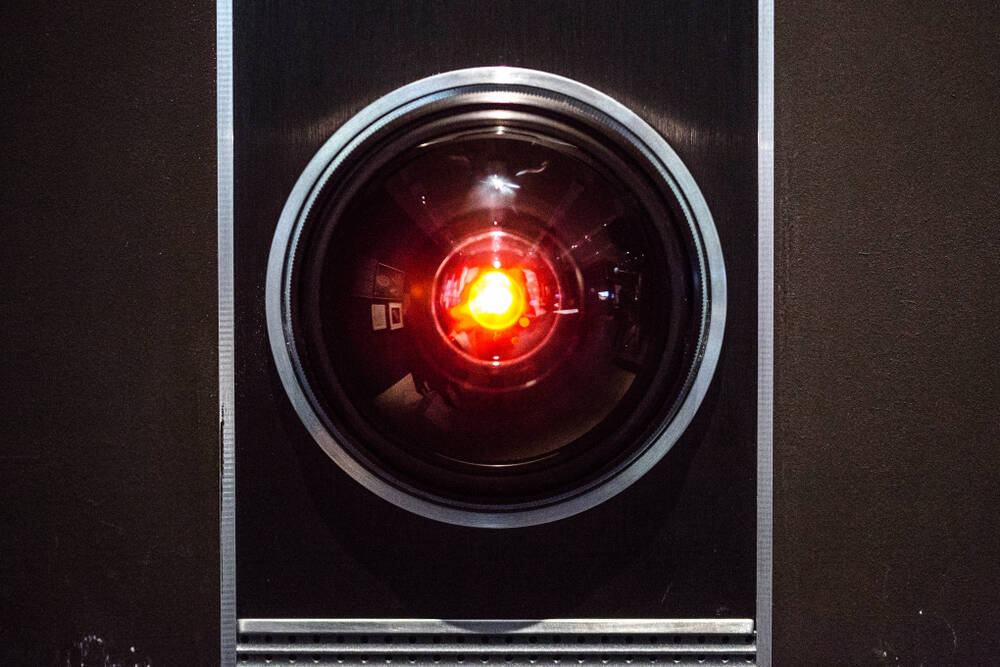





































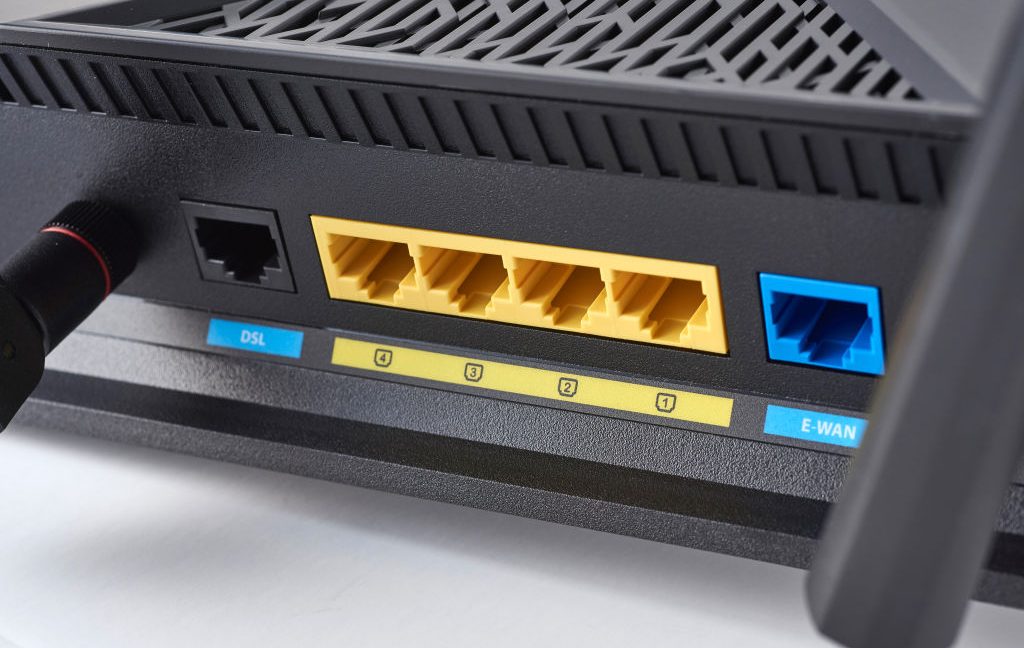

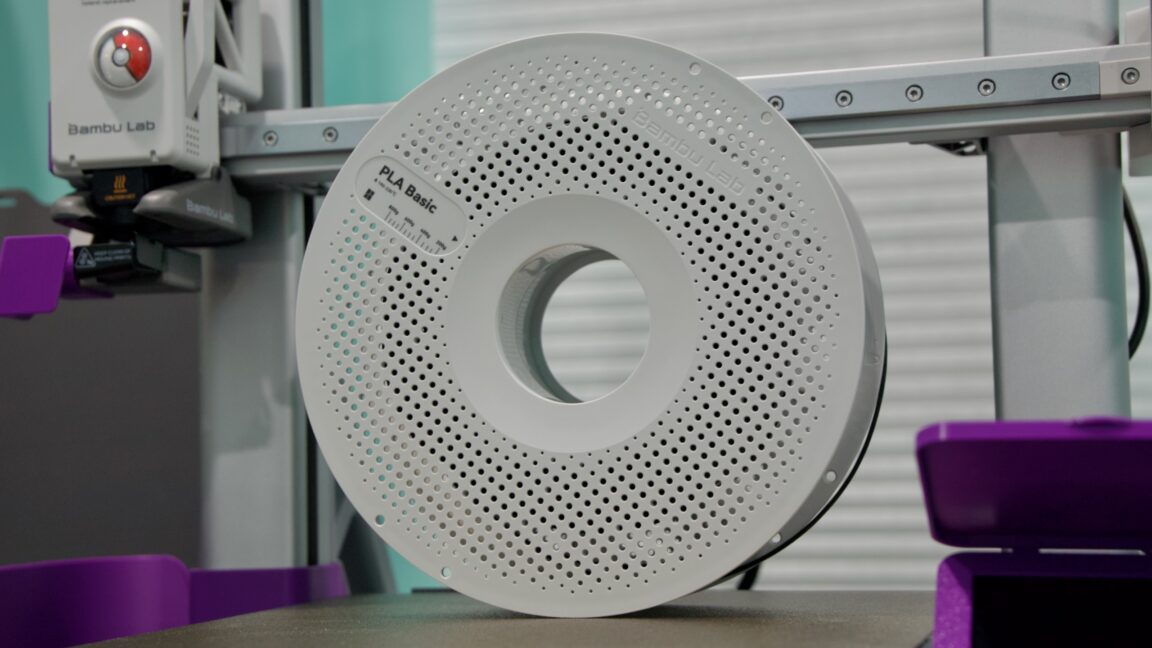







































































































![[The AI Show Episode 150]: AI Answers: AI Roadmaps, Which Tools to Use, Making the Case for AI, Training, and Building GPTs](https://www.marketingaiinstitute.com/hubfs/ep%20150%20cover.png)
![[The AI Show Episode 149]: Google I/O, Claude 4, White Collar Jobs Automated in 5 Years, Jony Ive Joins OpenAI, and AI’s Impact on the Environment](https://www.marketingaiinstitute.com/hubfs/ep%20149%20cover.png)








































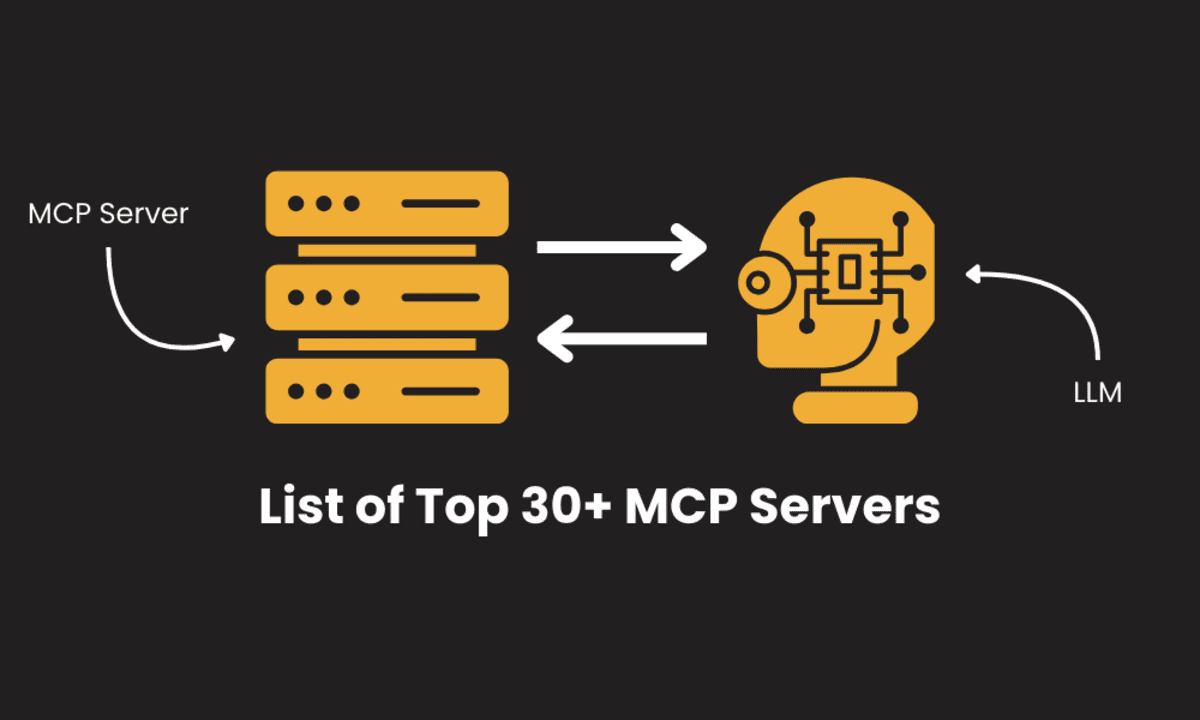



















































































![[DEALS] Mail Backup X Individual Edition: Lifetime Subscription (72% off) & Other Deals Up To 98% Off – Offers End Soon!](https://www.javacodegeeks.com/wp-content/uploads/2012/12/jcg-logo.jpg)






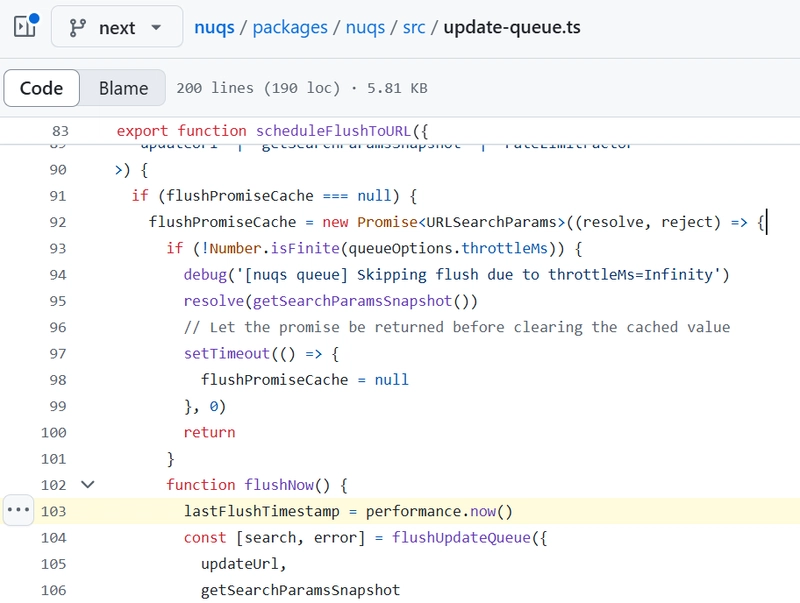


































































































































_Luis_Moreira_Alamy.jpg?width=1280&auto=webp&quality=80&disable=upscale#)


_imageBROKER.com_via_Alamy.jpg?width=1280&auto=webp&quality=80&disable=upscale#)















































































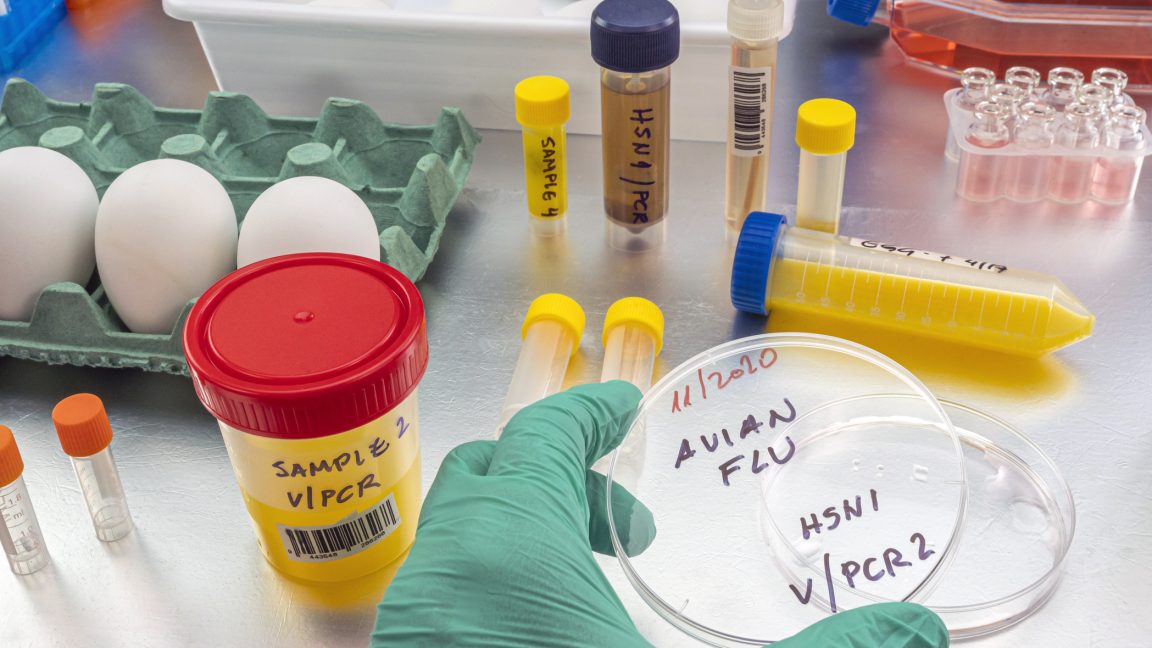

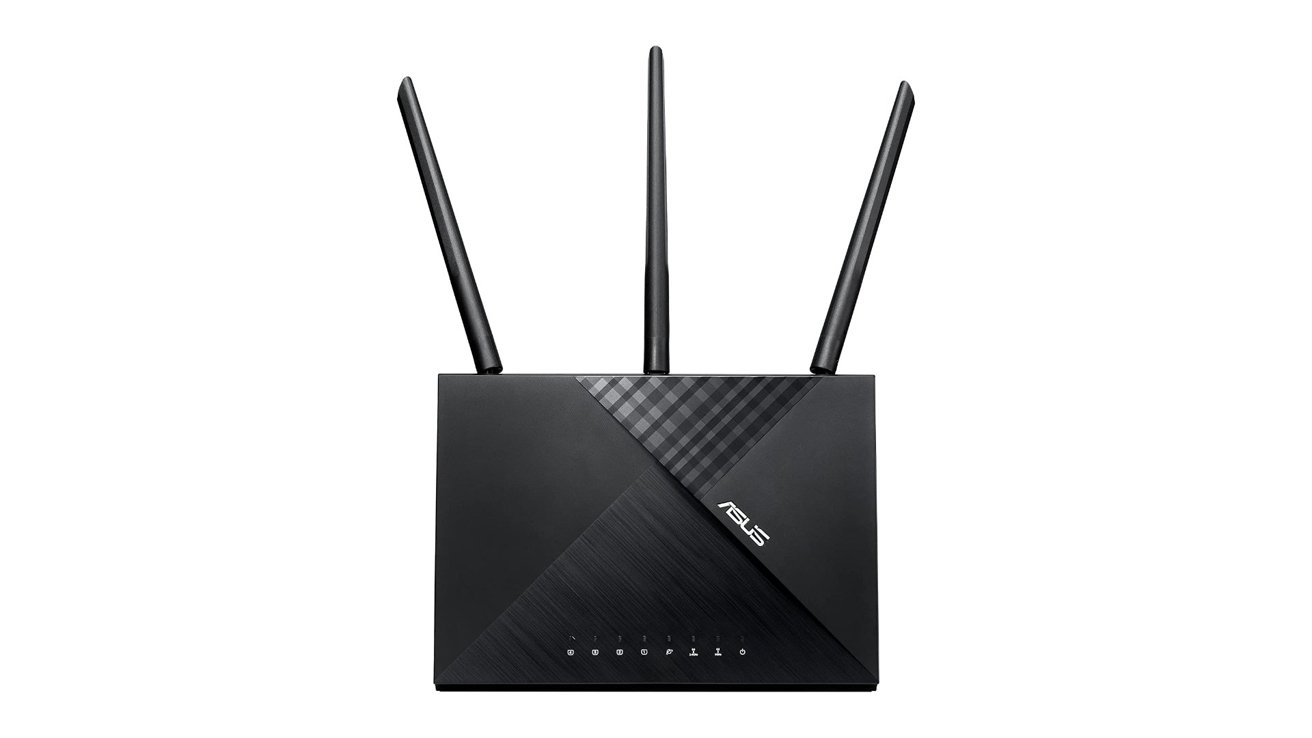






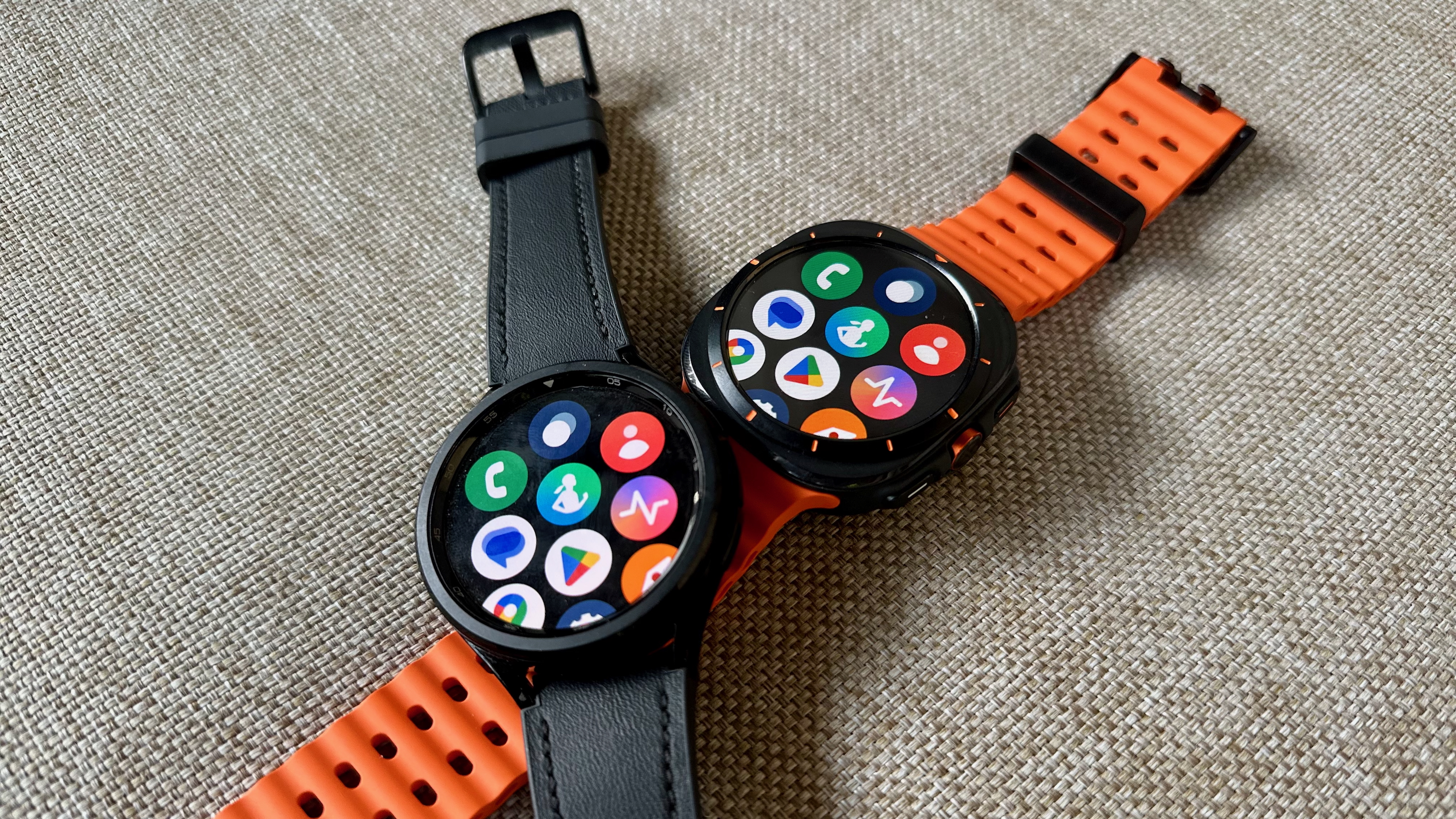





![This app turns your Apple Watch into a Game Boy [Hands-on]](https://i0.wp.com/9to5mac.com/wp-content/uploads/sites/6/2025/05/FI-Arc-emulator.jpg.jpg?resize=1200%2C628&quality=82&strip=all&ssl=1)
![Google TV is finally preparing sleep timer support as app readies Material 3 Expressive [Gallery]](https://i0.wp.com/9to5google.com/wp-content/uploads/sites/4/2024/01/google-tv-logo.jpg?resize=1200%2C628&quality=82&strip=all&ssl=1)














![Apple Shares Official Trailer for 'Smoke' Starring Taron Egerton [Video]](https://www.iclarified.com/images/news/97453/97453/97453-640.jpg)
![Apple's M4 Mac Mini Drops to $488.63, New Lowest Price Ever [Deal]](https://www.iclarified.com/images/news/97456/97456/97456-1280.jpg)

![iPhone 16 Becomes World's Best-Selling Smartphone in Q1 2025 [Chart]](https://www.iclarified.com/images/news/97448/97448/97448-640.jpg)
























